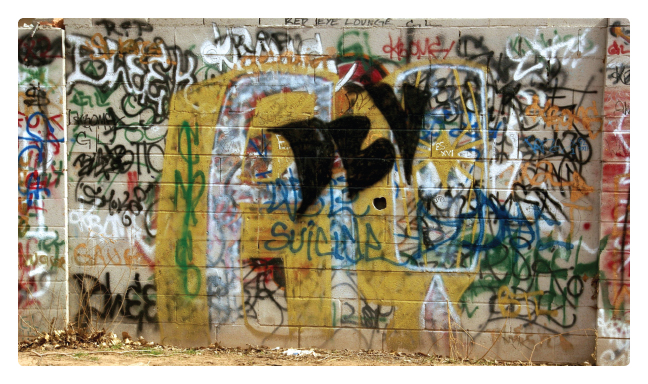Perceiving Others
Along with your view of self, your perception of others determines how you communicate. Although it may seem as though your view of other people is both accurate and objective, it is anything but. Understanding the process of perception will help you avoid errors that might cause you to communicate incompetently.
What do you perceive when you see gang graffiti—a colorful jumble of unintelligible symbols? A frightening marker of a threatening subculture? Or complex visual communication indicating group membership and territoriality? In his studies of Chicago street gangs, Northwestern University professor Dwight Conquer good (1994) found that gang members viewed one another like family. To reinforce this bond, they created sophisticated communication systems through hand signals, manner of dress (such as colors or jewelry), and graffiti. These markers enhanced their sense of belonging and created a perceptual boundary from the outside world. Though passersby saw the graffiti as meaningless or intriguing “urban art,” gang members saw the designs in a radically different light. For them, graffiti defined territories, reinforced identities, and sent messages to fellow gang members (“You’re one of us”) and to rivals (“You’re the enemy”).

The differing views that people have of gang graffiti are a reminder that all communication is viewed through the lens of perception: the process of selecting, organizing, and interpreting information from your senses. Simply put, perception is the gateway to the world around you.